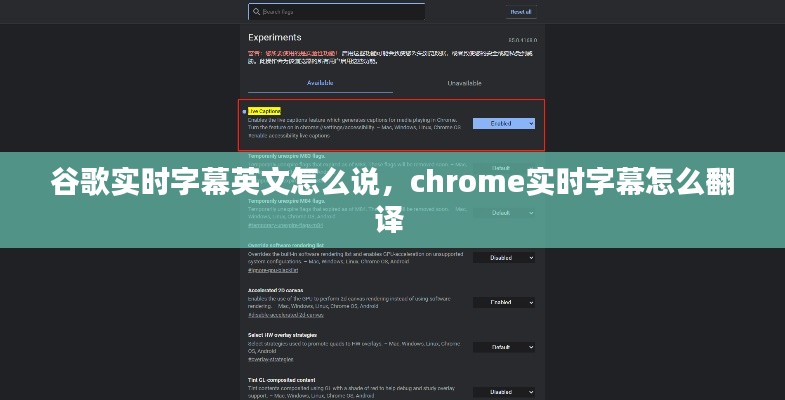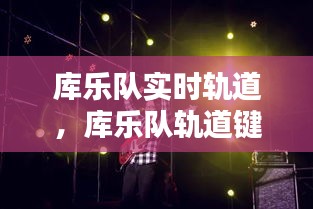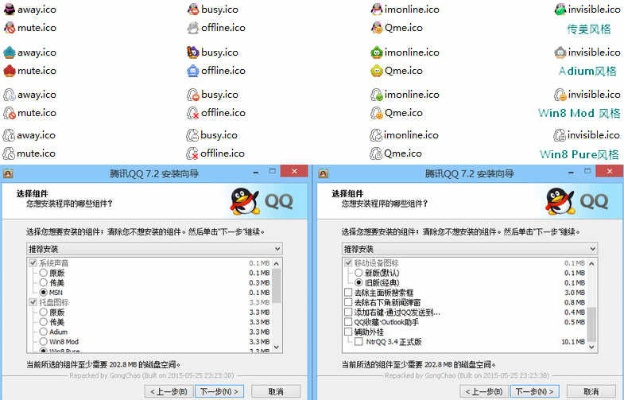Introduction to Google Live Subtitles
Google Live Subtitles, also known as "Live Transcription" or "Live Captioning," is a feature offered by Google that allows users to view real-time subtitles while watching videos. This feature is particularly useful for individuals who are deaf or hard of hearing, as well as for those who prefer to watch videos without sound or in a language other than the original. In this article, we will explore how to find and use Google Live Subtitles and discuss its benefits and limitations.
What is Google Live Subtitles?
Google Live Subtitles is a technology that uses automatic speech recognition (ASR) to convert spoken words into text in real-time. This text is then displayed on the screen as subtitles, allowing viewers to read the dialogue and other audio content of a video. The feature is integrated into various Google products, including YouTube, Google Meet, and Google Assistant, among others.
How to Enable Google Live Subtitles
Activating Google Live Subtitles is relatively straightforward. Here's how you can enable it on different platforms:
YouTube: When watching a video, click on the "CC" button in the bottom right corner of the video player. If live subtitles are available, they will automatically appear. If not, you can turn on the "Live Captioning" option in the subtitles settings.
Google Meet: During a video call, click on the "Live Transcript" button in the chat panel. This will enable live subtitles for the call.
Google Assistant: To enable live subtitles for Google Assistant, go to the Google Assistant settings on your device and turn on the "Live Captioning" option.
Benefits of Google Live Subtitles
Google Live Subtitles offers several benefits to users:
Accessibility: It provides a means for deaf and hard of hearing individuals to access and understand audio content.
Language Support: Users can watch videos in a language different from the original, making content more accessible to a broader audience.
Convenience: Users can watch videos without sound, which is useful in noisy environments or when they prefer to concentrate on the visuals.
Time-Saving: Users can read the subtitles at their own pace, which can be particularly helpful for learning a new language or catching up on missed dialogue.
Limitations of Google Live Subtitles
Despite its many benefits, Google Live Subtitles has some limitations:
Accuracy: The accuracy of live subtitles can vary, especially in cases where there is background noise, poor audio quality, or a strong accent.
Language Support: While Google supports a wide range of languages, there are still some languages that are not covered.
Complexity: The feature may not work well with complex or technical content, as it can struggle to transcribe certain words or phrases accurately.
Privacy Concerns: The use of ASR technology raises privacy concerns, as it requires the processing of audio content in real-time.
Conclusion
Google Live Subtitles is a valuable tool that enhances the accessibility and convenience of video content. While it has its limitations, the technology continues to improve, and its integration into various Google products makes it a widely available resource. For those who benefit from real-time subtitles, Google Live Subtitles offers a powerful way to engage with video content in a more inclusive and accessible manner.
转载请注明来自江苏安盛达压力容器有限公司,本文标题:《谷歌实时字幕英文怎么说,chrome实时字幕怎么翻译 》














 苏ICP备2020065159号-1
苏ICP备2020065159号-1